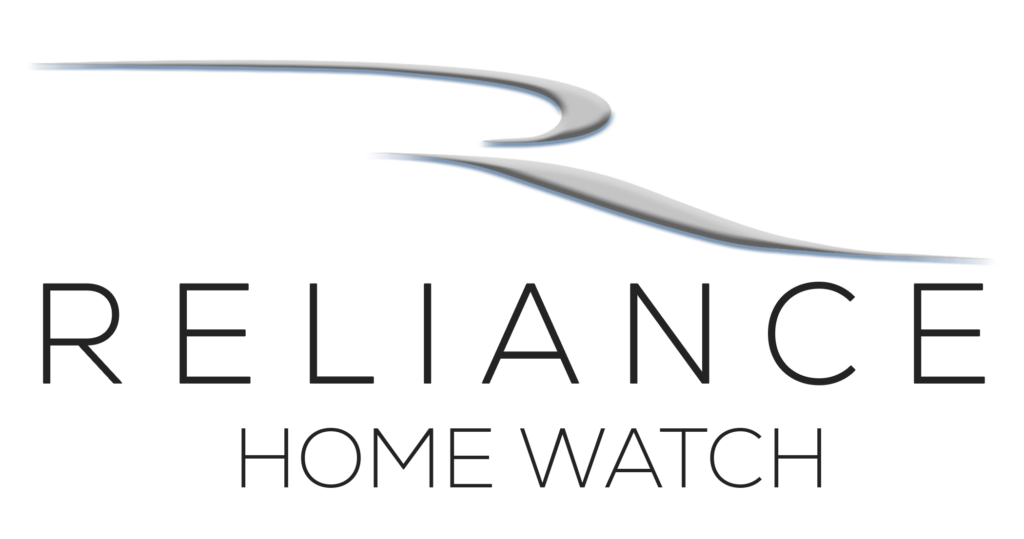When it comes to homeownership, insurance is a necessary safeguard, protecting your property from unexpected events like natural disasters, theft, and accidents. However, insurance premiums can be a significant expense, especially for homes that are frequently unoccupied. One often overlooked strategy for reducing these costs is the use of a professional Home Watch service. In this blog, we’ll explore how Home Watch services can lower your insurance premiums and provide peace of mind.
1. Meeting Insurance Requirements
Many insurance policies have specific requirements for homes that are vacant for extended periods. For instance, some insurers mandate that the property must be checked regularly to maintain coverage. Failure to comply with these conditions can lead to denied claims or increased premiums. By hiring a Home Watch service, you ensure that your home is inspected on a regular basis, helping you meet your insurer’s requirements and avoid potential penalties.
2. Reducing the Risk of Damage
A vacant home is more susceptible to damage from events like leaks, fires, and electrical failures. A small issue that goes unnoticed can quickly escalate into a major problem, resulting in costly repairs and insurance claims. Home Watch services conduct regular inspections, identifying potential problems before they worsen. This proactive approach reduces the likelihood of filing a claim, which can help keep your premiums low.
3. Deterring Break-Ins and Vandalism
Unoccupied homes are prime targets for burglars and vandals. Insurance companies recognize this increased risk, which can lead to higher premiums for homes that are frequently vacant. Home Watch services deter criminal activity by maintaining a visible presence, ensuring your home looks lived-in, and addressing signs of tampering immediately. This reduced risk can translate into lower insurance premiums.
4. Lowering Claims Frequency
Insurance companies often adjust premiums based on the number and frequency of claims made by the policyholder. Regular visits by a Home Watch service can prevent many issues from escalating into claims, such as catching a water leak before it causes extensive damage. By minimizing the need to file claims, you can demonstrate a lower risk profile to your insurer, potentially leading to reduced premiums over time.
5. Proving Responsible Ownership
Using a Home Watch service shows your insurance company that you are a responsible homeowner who takes proactive steps to protect your property. This can positively influence their perception of your risk level, making you eligible for discounts or lower rates. Some insurers may even offer premium reductions or incentives for homeowners who utilize professional property management or Home Watch services.
6. Documentation for Claims
In the unfortunate event that you do need to file an insurance claim, having detailed records from a Home Watch service can be invaluable. Many services provide thorough documentation of each visit, including photos and notes on the condition of your home. This documentation can help expedite the claims process, proving the timeline and extent of any damage, and ensuring you receive the compensation you deserve.
7. Tailored Insurance Policies
Some insurance companies offer specialized policies for homes that are regularly monitored by a Home Watch service. These policies may come with lower premiums or additional benefits, such as coverage for vacant home-related risks. Working with your insurance provider and a reputable Home Watch service can help you secure a policy that meets your specific needs while keeping costs down.
Conclusion
Investing in a Home Watch service is not only about safeguarding your property—it’s also a smart financial decision that can lead to significant savings on your insurance premiums. By reducing risks, preventing damage, and demonstrating responsible ownership, you can position yourself as a lower-risk policyholder in the eyes of your insurer. Over time, these savings can more than offset the cost of the Home Watch service itself, making it a win-win for both your peace of mind and your wallet. Contact Reliance Home Watch today for a free consultation.




